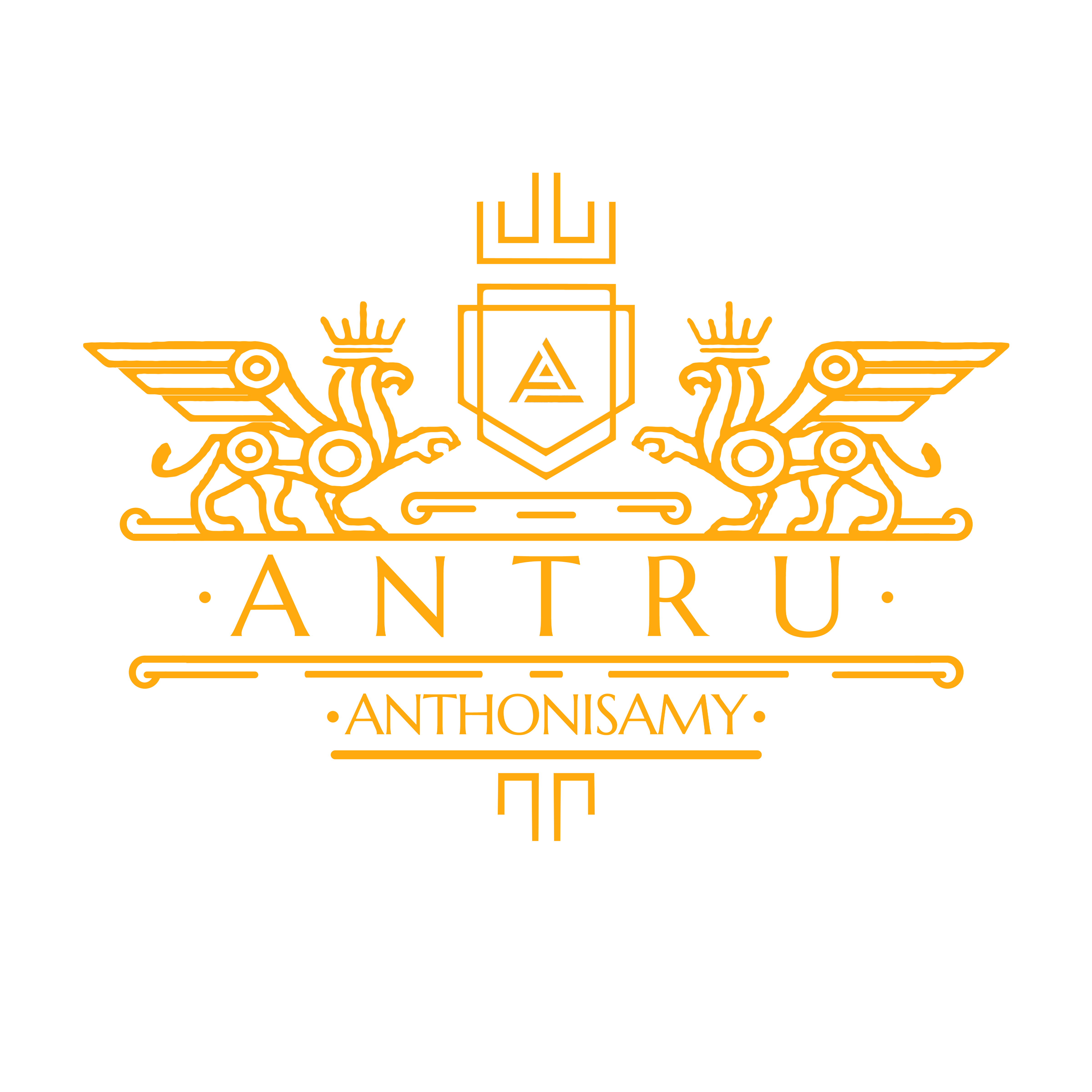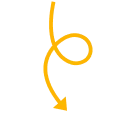The tissue level of organization
The tissue level of organization
Cells are the smallest structural and functional unit of life.
Tissue is a group of cells of similar function and origin that form functional units
An organ group of tissue adapted to perform specific functions
An organ system is group of organs work together to perform more functions
Organism

Tissue preparation for light microscope
Tissue sampling
- Histological examination of tissues starts with surgery, biopsy or autopsy (or necropsy).
- When collecting the samples clinical details and adequate specimens are important
Fixation
- To preserve
- Fixatives
- 10% formaldehyde
- 1mm/hour
- Wax processing
Dehydration and clearing
- Graded solutions of alcohol 50 – 100%
- 20 – 30 minutes each
Clearing
- Dealcoholation
- Xylene and chloroform
Embedding
- Paraffin wax
- Automatic tissue processor
Sectioning
- Microtome
- 3 – 10 micrometers
- Water Bath
- Frozen specimens – liq. Nitrogen or rapid freeze bar – pre cooled steel blade and glass
Mounting and staining the sections
- Basophilic
- Acidophilic
- Hematoxylin and Eosin – reverse order process – nuclear dark purple – cytoplasm and intracellular structures – pink
- Hematoxylin – basophilic – dark blue
- Eosin – acidophilic – pink
Covering
- Coverslip – permanently affixed – mounting medium
Light Microscope
Parts ;
- Eyepiece lens
- Tube
- Arm
- Base
- Illuminator
- Stage
- Revolving nosepiece
- Objective lenses
- Condenser lens
- Coarse & fine focus
- Diaphragm
Histochemistry & Cytochemistry
Methods for localizing cellular structures in tissue sections using unique enzymatic activity present in those structures.
Perl prussian blue reaction – iron deposits in hemochromatosis
Immunohistochemistry
Histological + immunological + biochemical techniques for identification of specific tissue components (antigen/antibody).
Frozen sections are commonly used. In some cases paraffin wax.
Assays – cells on slides – or tissues (frozen / paraffin)
Frozen
- Unfixed
- Advantage ; antigens are unaltered
- Disadvantage ; sections fall out during staining
- Acetone fixed
- Precipitate proteins on to cell surface
- CD antibodies
- Paraformaldehyde fixed
- Freshly made / frozen asap
Paraffin Embedded
- Deparaffinized
- Rehydrated (graded alcohol 100% – 50%, then PBS)
- Antigen retrieval
- Treat with proteases ; to expose buried antigenic epitopes
- Heat in
- Low pH citrate buffer
- High pH EDTA buffer
Antigen Detection
- Raising Antibodies
- Polyclonal antibodies ; multiple epitopes and several antibody types
- Monoclonal antibodies ; single epitope and produced by a single clone
- Labeling Antibodies
- Fluorochromes
- Cronochromes enzymes
- Electron Scattering Compounds
Method
- Direct ; Tissue antigen + Labeled antibody
- Indirect ; Tissue antigen + Primary antibody + Secondary antibody (LBL)
- PAP ; Peroxidase Anti-Peroxidase method
Applications
- Cancer Diagnostics
- Differential Diagnosis
- Treatment of cancer
- Research
General Immunochemistry Protocol
- Tissue Preparation
- Fixation
- Sectioning
- Mount Preparation
- Pre-treatment
- Antigen Retrieval
- Inhibition of indigenous tissue components
- Blocking of nonspecific sites
- Staining
- Specimen, primary antibody, degree of sensitivity, processing time
Types of tissues
When we look into the microscopic version of the human anatomy we find many colorful stained pictures that look similar. But, they are not. There are 4 main tissue types that make up every other tissue of the body.
- Muscle
- Nervous
- Epithelial
- Connective
Muscle Tissue
Skeletal Muscle ; Long. parallel fibers or striations. Multiple nuclei per fiber. Dark dots.
Cardiac Muscle ; Exclusive to the heart. Rectangular in shape. Nucleus per cell. We can see intercalated disks. They are passages from cell to cell. As they have to send signals quickly. Fast contraction.
Smooth Muscle ; Blood vessels, Uterus, and Bladder. Contract simultaneously. Smallest muscle cells and jumbled up as sheets.
Nervous Tissue
Brain, Spinal cord and the peripheral nerves. We have;
- neurons (Main cells, Transmit nervous impulse in brain or along nerve)
- Glial cells (Astrocytes, Schwann cells, satellite cells)
Epithelial Tissue
Skin and Borders between different organs. They are named based on the
- Layer ; smooth, stratified
- Shape ; Cuboidal, squamous, columnar,
- Transitional. Around bladder and urethra (organs stretch)
Connective Tissue
Everything else is connective tissue. We have tendons, ligaments, fat, blood, cartilage, and bone.
3 types
- Loose ; less ground substance
- Dense ; more ground substances, thick fibres
- Specialized ; chondrocytes(collagen cells), osteoblasts(build bone), osteoclasts (resorb bone), adipocytes (store energy as fat)



